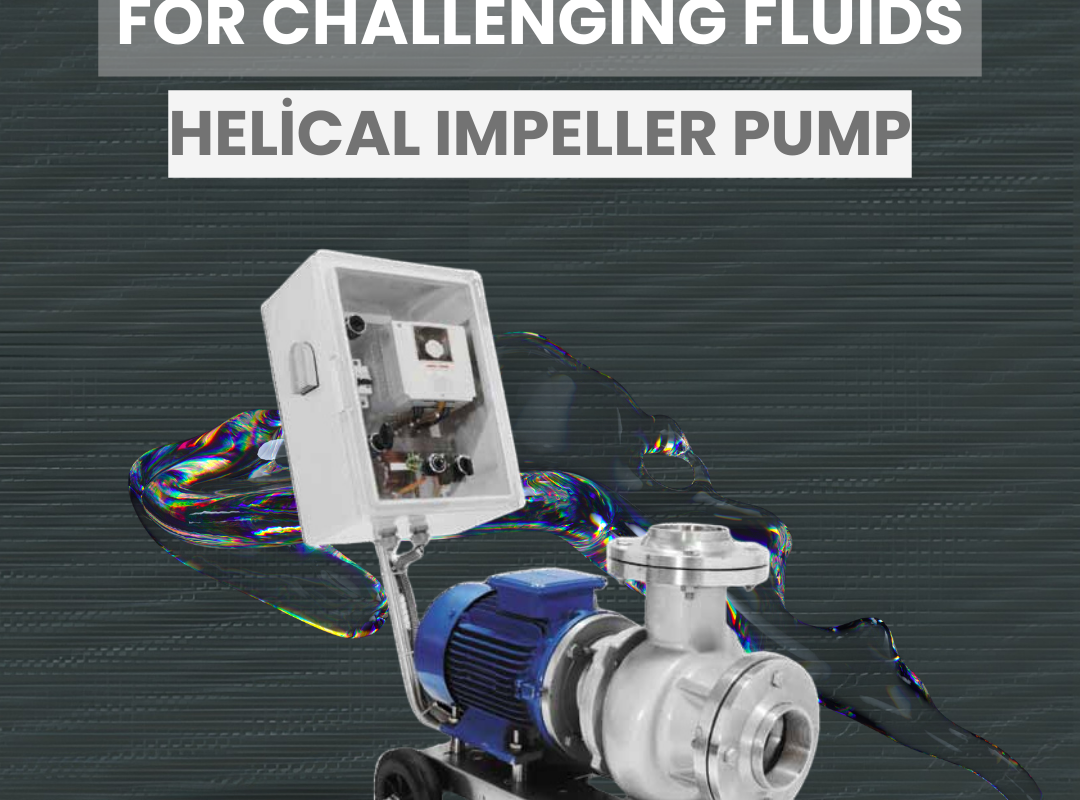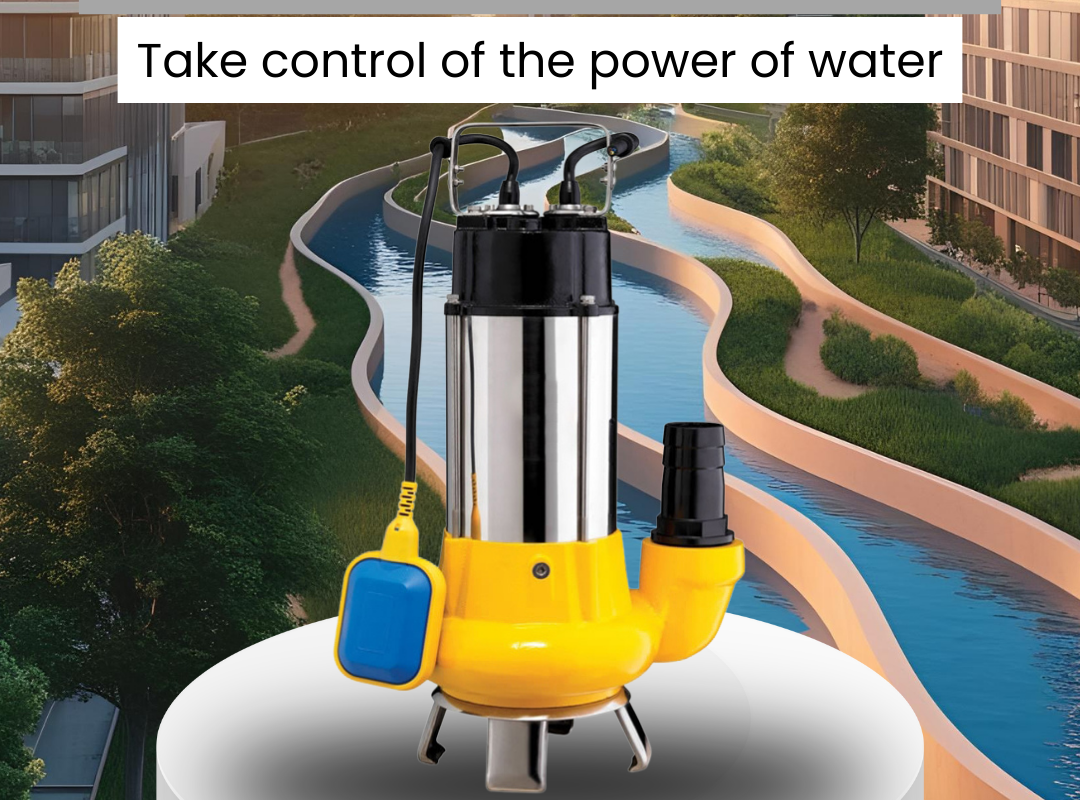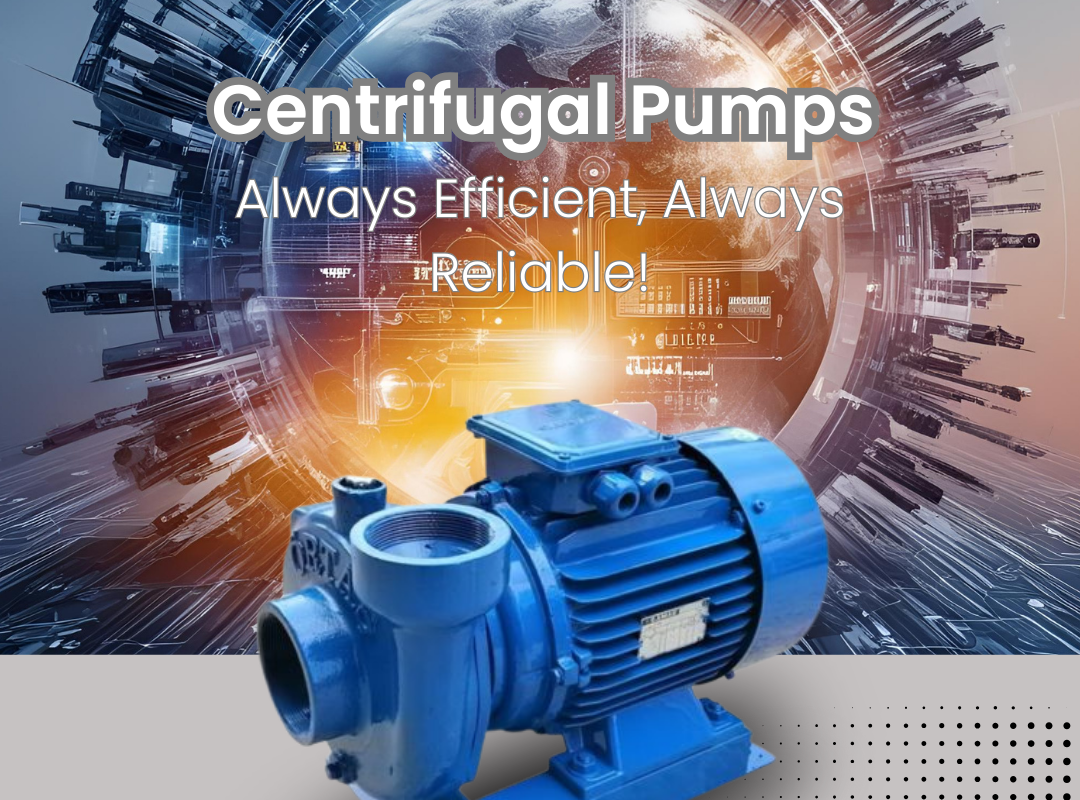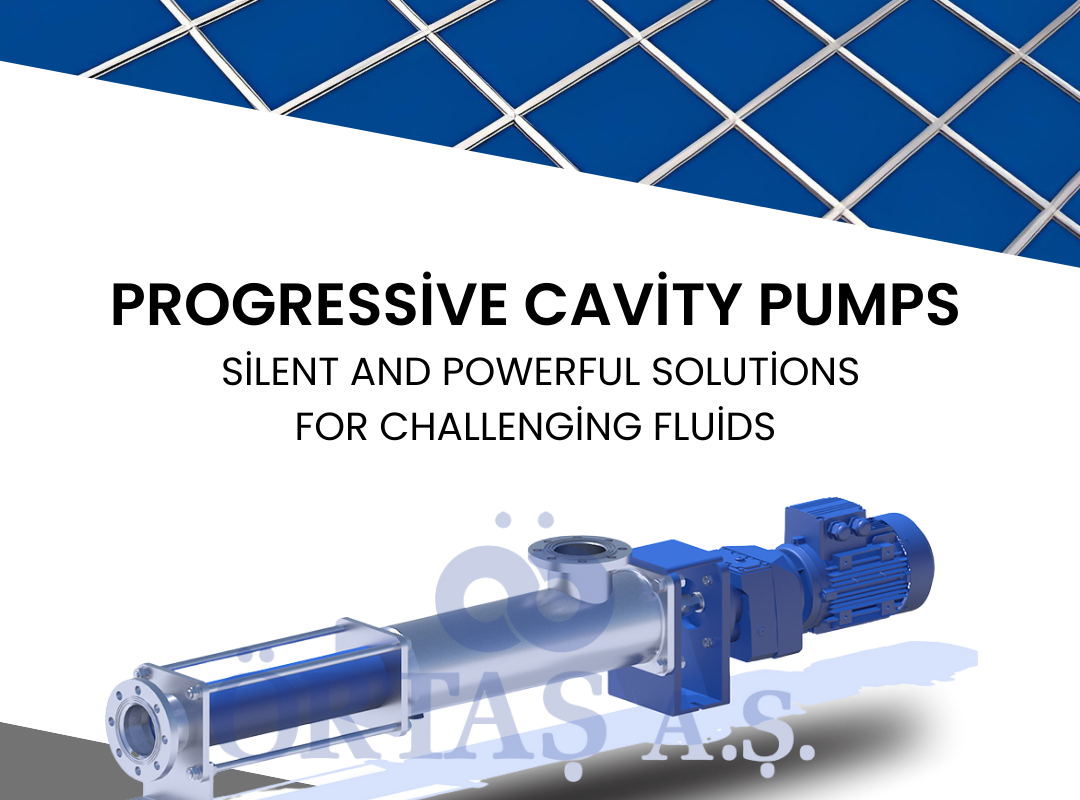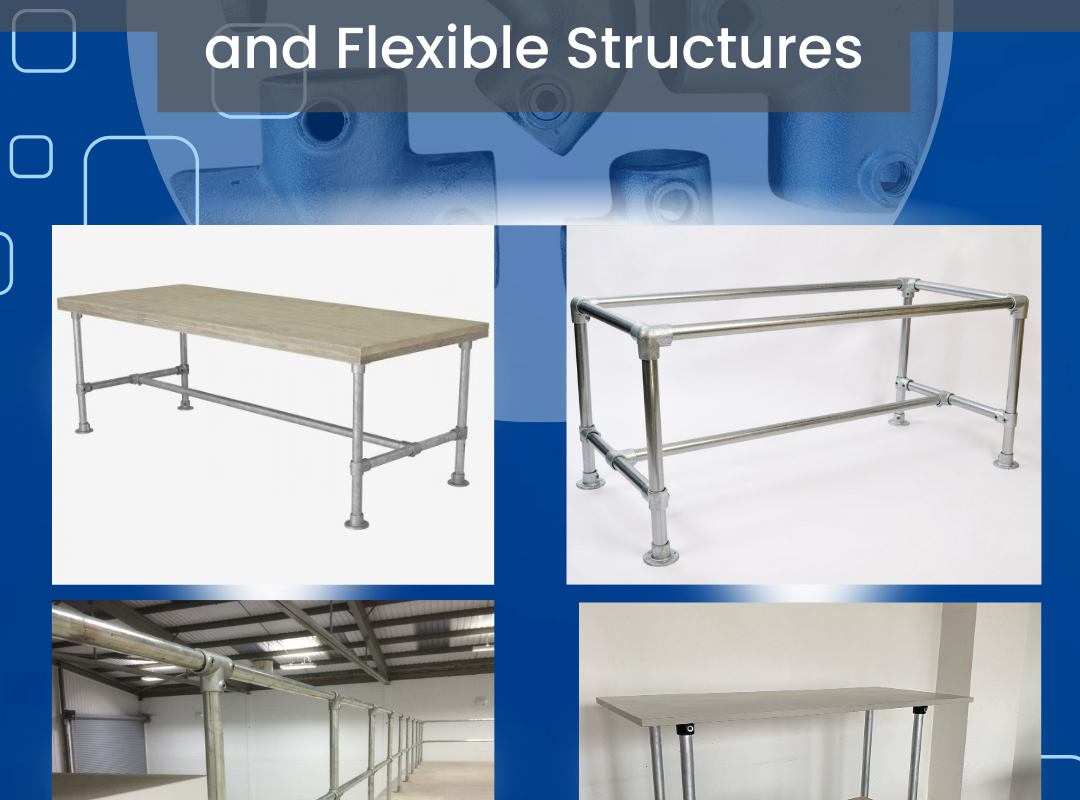When it comes to industrial fluid transfer, the composition of the fluid is just as important as the presence of solid particles within it. Fluids that are grainy, fibrous, or highly viscous can damage conventional pumps or cause operational inefficiencies. In such demanding applications, helical impeller transfer pumps offer both delicate handling and robust performance.
Equipped with a helical impeller design, this industrial pump is specifically engineered for the transfer of dense and particle-laden fluids. From sludge to olives, from poultry bones to pickles, a wide variety of materials can be safely and efficiently transported. Thanks to the unique geometry of the helical impeller, solids pass through without damage — preserving product quality and extending the life of the system.
Operating Principle
The pump’s helical impeller is designed with advanced engineering calculations and manufactured using precision casting methods. As the impeller rotates, it creates flow lines within the pump housing. These lines guide the fluid from the suction inlet toward the discharge outlet in a controlled motion.
During this process:
- Solid particles are transferred without damage.
- There is no deformation or crushing of the product.
- The system operates with high efficiency and low vibration.
Application Areas
Helical impeller pumps are widely used in both the food industry and industrial waste management, thanks to their versatility and gentle handling capabilities.
Food Industry
This pump ensures product integrity during the transfer of delicate, solid-containing food items.
✔ Olives
✔ Pickles (Gherkins, Cucumbers, Peppers)
✔ Fish
✔ Tomato Paste
✔ Peas
✔ Potatoes
✔ Poultry Feathers and Bones
Industrial Applications
Ideal for abrasive, viscous, or challenging fluids.
✔ Sludge
✔ Lime
✔ Wastewater
✔ Animal Waste
Why Choose a Helical Impeller Pump?
🔹 Gentle Transfer: Moves particles without crushing or damaging the fluid.
🔹 High Durability: Resistant to abrasive and dense materials.
🔹 Energy Efficiency: Optimized impeller design delivers more performance with less energy.
🔹 Quiet & Stable Operation: Low vibration and noise levels ensure smooth performance.
Helical impeller transfer pumps are reliable and long-lasting solutions that maintain high performance even under the toughest conditions. From the food industry to waste management, they are an essential choice for businesses seeking to increase efficiency while preserving product quality.







